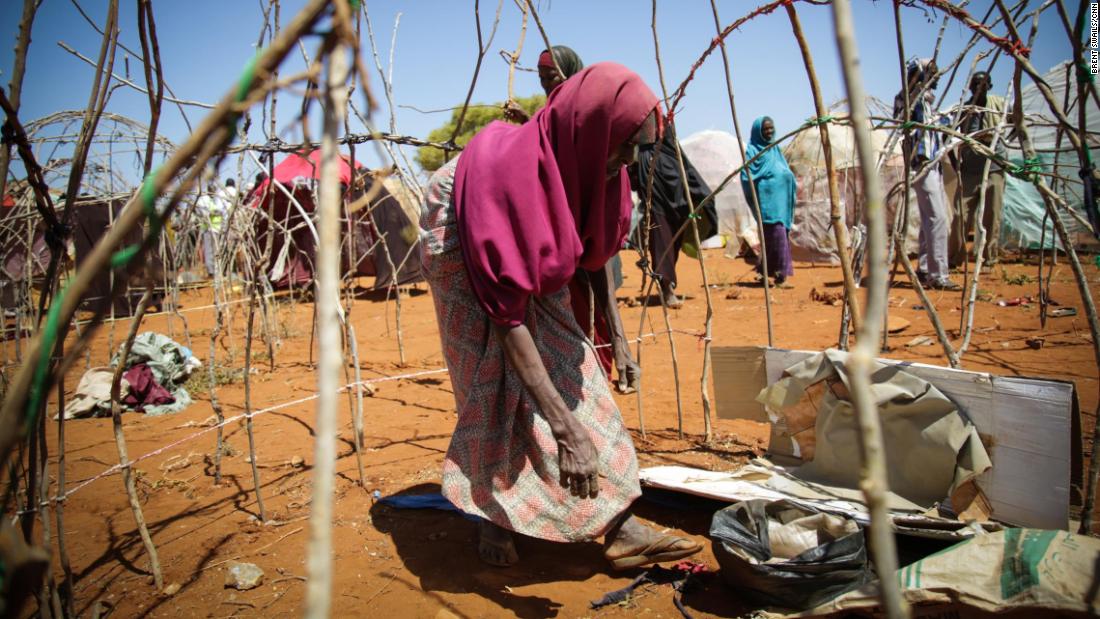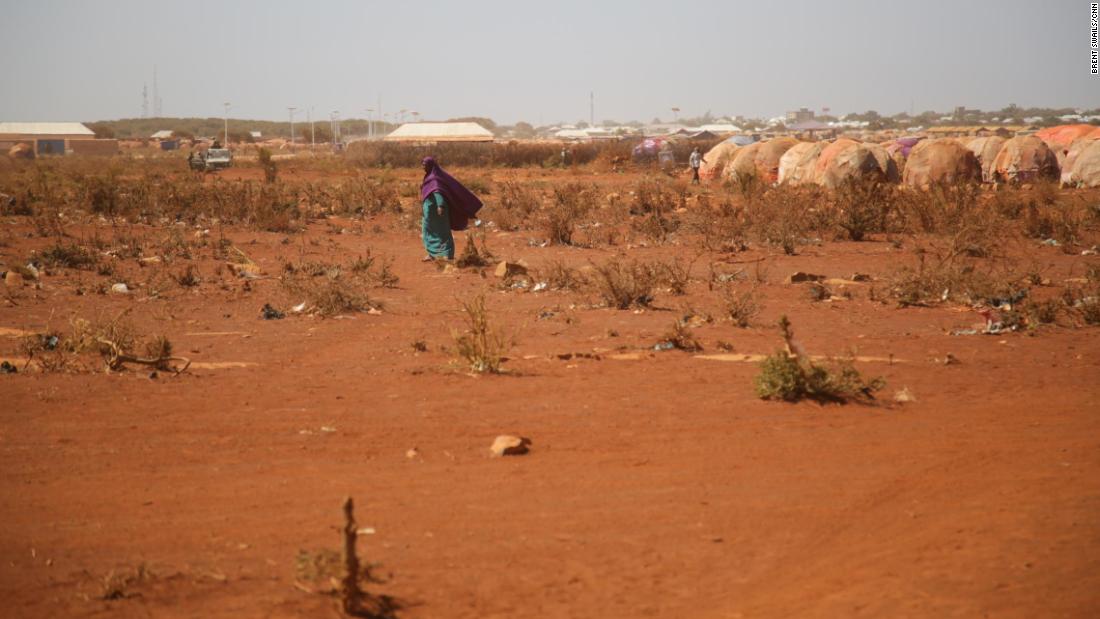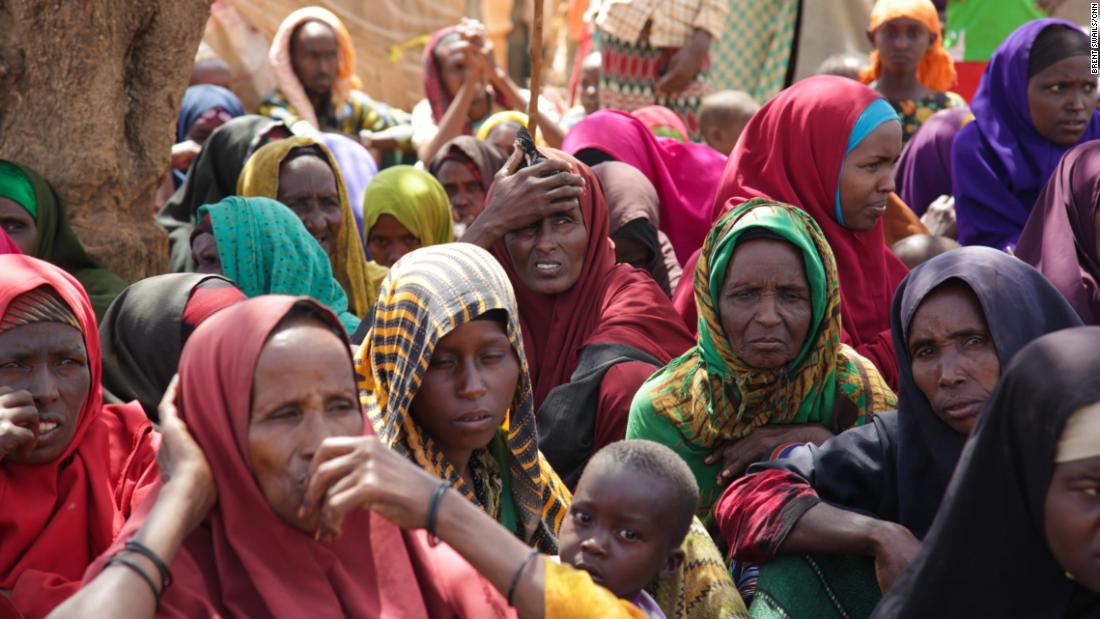
Baidoa, Somalia (CNN)The
murderous al Qaeda affiliate al-Shabaab is making millions of dollars
each year by exploiting foreign aid money sent to Somalia by the very
western nations who are trying to eliminate the terror group.
A
CNN investigation has revealed how money given directly by the United
Nations to people displaced by conflict and famine is ending up in the
hands of Africa's oldest terrorist organization.
Former
members of al-Shabaab and Somali intelligence agents said the terror
group is extorting thousands of dollars per day through road blocks and
taxes on merchants attempting to transport food and supplies to sell to
internally displaced people in towns where they are concentration
An internally displace d woman walks near a refugee camp in Baidoa.
d woman walks near a refugee camp in Baidoa.
 d woman walks near a refugee camp in Baidoa.
d woman walks near a refugee camp in Baidoa.
People
who have fled their homes and are living in a sprawling camp in the
central Somali city of Baidoa are screened by the UN and issued cash
cards that the UN tops up with around $80 to $90 each month, enabling
them to buy essentials from local merchants.
UN
officials say this direct payment system will avoid distorting local
markets by flooding them with free food, and relieve the UN of the
burden of running food convoys that are vulnerable to attacks and theft.

0 comments:
Post a Comment